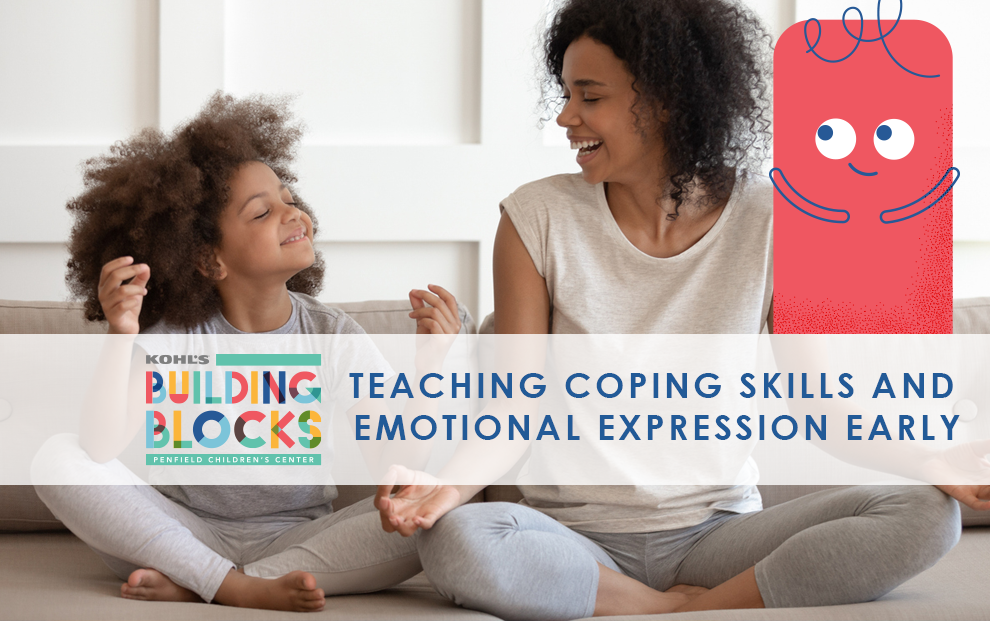
Building Strong Foundations: Teaching Coping Skills and Emotional Expression Early
At Penfield Children’s Center, we believe that nurturing a child’s mental health is just as important as supporting their physical development. One powerful way to do that is by helping young children recognize, understand, and cope with big emotions from an early age. These early lessons build a strong foundation that children will carry with them for life.
Expressing Feelings: Giving Kids the Language to Name Their Emotions
Young children experience many feelings throughout the day—but they don’t always have the words to express them. Helping children label and express their emotions is the first step toward developing healthy coping skills.
- Model emotional language. When caregivers use words to describe their own feelings, children learn to do the same. For example, saying “I’m feeling frustrated because I can’t find my keys” helps normalize emotions and teaches children how to name what they feel.
- Use visuals to support non-verbal communication. Picture charts or DIY drawings can help children who aren’t yet verbal express what they’re feeling. You and your child can even create your own chart as a fun art project.
- Label your child’s feelings. When a child is having big emotions, gently name what you see: “You’re stomping and yelling. That tells me you’re feeling really mad.” This helps children connect their physical reactions to specific emotions.
Coping Skills: Teaching Children What To Do With Big Feelings
Once a child can recognize and name their emotions, the next step is learning how to manage them in a healthy way. That’s where coping skills come in.
- Link emotions to actions. Help your child connect their feelings to appropriate responses. Try, “If you’re feeling mad, it might help to take a break in your quiet corner,” or “When you feel nervous, let’s take three deep breaths together.”
- Create coping tools together. Making sensory bottles, breathing streamers, or calm-down jars can be a fun, creative way to teach emotional regulation. These hands-on tools can also become go-to strategies for calming down.
- Co-regulate with your child. Children often calm more easily when a trusted adult joins them. Sit together and breathe deeply, or model another coping strategy—this shared experience helps children feel safe and supported.
- Model coping yourself. Kids learn by watching you. When you feel overwhelmed, say, “I’m feeling stressed—I’m going to take some deep breaths to help myself feel better.” This shows children that coping skills are for everyone, not just kids.
Building Emotional Health That Lasts
When families and caregivers support emotional expression and coping early, children build confidence, resilience, and stronger relationships. Together, we can raise emotionally healthy children who are ready to learn and thrive.


Leave a Reply